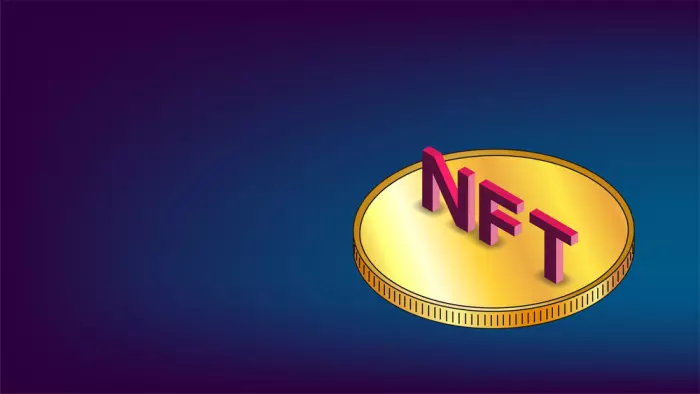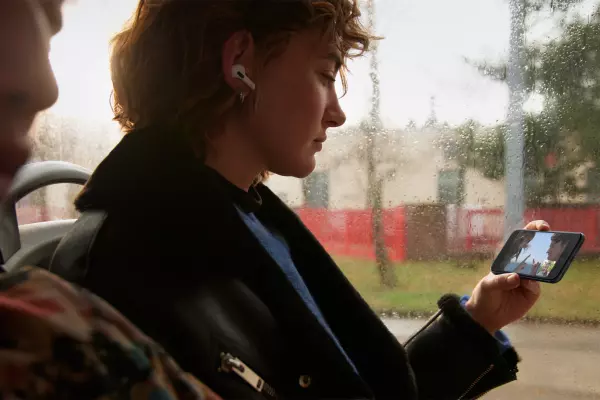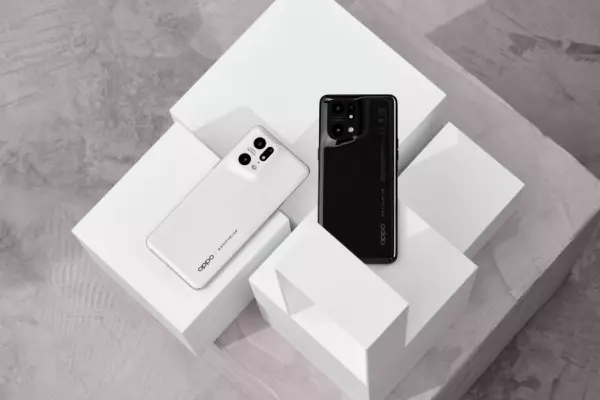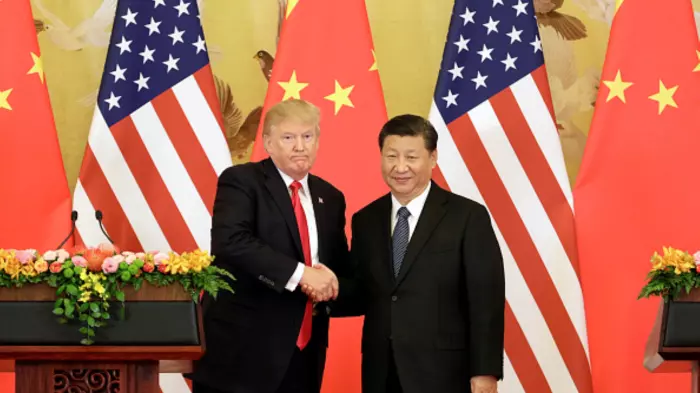In the past few months, you might have seen the occasional online mention of NFTs – non-fungible tokens – and scrolled on by. But in the past few weeks NFTs have been everywhere on the internet.
They have become so mainstream that US rockers, Kings of Leon, have released their newest album as a limited edition US$50 NFT.
So, what on earth are NFTs and why are they the talk of tech town?
NFTs are part of the cryptocurrency ecosystem. Bitcoin and ether are popular and well-known cryptocurrencies that act and are used just like money, when they are used to buy other things.
Cryptocurrencies are traded and stored on the blockchain, a centralised cloud for financial assets. There are several blockchains, but NFTs are primarily traded on the Ethereum blockchain, simply because it was the first to do so and is now the most commonly used.
What about the fungible part? Fungible means a thing is exchangeable, so one bitcoin is the same as another bitcoin – a spendable cryptocurrency is an example of fungible tokens.
NFTs are different. Think of them as collector’s items like baseball cards or comic books. They are digital tokens with a unique digital imprint that establishes scarcity. They are tradable and do not hold a specific monetary value: they are non-fungible tokens.
NFTs first came into the public consciousness in 2017 with the launch of CryptoKitties, an Ethereum blockchain game that lets players breed, collect, and trade virtual cats. Each cat is an NFT.
Don't ask why. Just stay with me.
Growing market
Blockchain tech not only authenticates an NFT as a unique and original work, it also certifies who the owner is.
“This allows a registration system for ownership of things,” Alex Sims, University of Auckland associate professor of commercial law and research fellow at the UCL Centre for Blockchain Technologies told BusinessDesk.
This is thanks to its support of cryptocurrency wallets, making trading more accessible.
“Ethereum is so powerful because the Metamask wallet is a standard wallet and it can ‘read’ the NFT so that you can identify that the person claiming to own the NFT does in fact own it, and when you pay for the NFT (in ether), you are guaranteed of getting it.”
Sims also pointed to the US National Basketball Association, which has sold many video package NFTs of stars like LeBron James as collector’s items via its Top Shot collectibles branding.
The organisation records in a centralised system who the owner is for purposes of provenance. This is not the case for most NFTs sold on the decentralised databases of blockchains.
There is a growing market for collectable NFTs as artists and musicians in particular release works in the format.
Kings of Leon will only sell the NFT version of their album for two weeks. The token will give the buyer access to the download of the album, exclusive digital artwork, and a vinyl copy.
NFTs are a new way for Kings of Leon, and other bands, to sell records and make more money than they do through the wafer-thin margins of streaming. The band also sold limited digital one-off artworks that gave the buyers exclusive backstage access to the band on their upcoming tour.
NFTs are attractive to some creatives because they are the newest format that can give money directly to the artist.
Artists can decide whether to sell a piece as a one-off, as they would with an original painting or, for example, do a run of 100 limited editions, as they would with numbered prints.
Because an NFT can represent anything, the move to let them represent ownership of something is where the market lies.
But there are environmental concerns. Just like mining for cryptocurrency, running the blockchain that NFTs rely on to exist requires a lot of energy. Networks of computers are required to run energy-sapping cryptography programmes for the blockchain to verify purchases and uphold the network.
The website Crypto.WTF claims to accurately estimate the high energy consumption of a database of NFTs. The energy debate might come to define whether NFTs survive as a viable long term format.
The haze of a craze
NFTs can be sold at auction like a cyber-mad Sotheby’s. Musician Grimes recently auctioned a sub-one minute video as an NFT for nearly US$390,000. Some might find that hard to stomach when you can visit the actual auction website and right-click to download a copy of the video for yourself – but you still won’t own the original work.
The same goes for this video by artist Beeple, which sold for US$6,600,000. That’s not a typo.
It’s the same concept as owning the first-ever vinyl pressing of Abbey Road or listening to it on Spotify; like owning an original Picasso or buying the postcard in the museum shop.
Same art, different thing. Perhaps.
Another attraction for artists is the possibility to build in a mechanism that gifts them royalties every time the NFT is resold on the blockchain.
“You could very easily set up that, every time it’s sold, say 2% of the purchase price goes straight back to the original creators. That’s a real benefit with something that we have not got at the moment,” said Sims, who suggested such royalty schemes are very difficult to set up via traditional trading channels.
She also pointed out that just like owning a painting, owning an NFT does not give you the right to make and distribute copies of it. That is a matter of copyright, which you’d need to buy from the artist in a separate contract.
Will NFTs prove to be the next frontier for artists and the digital sale and trading of goods?
“I think it’s a bubble at the moment, basically,” said Sims, who likens the selling craze to the dot com bubble of the late 1990s.
You might want to get in now before the bubble bursts, then.















